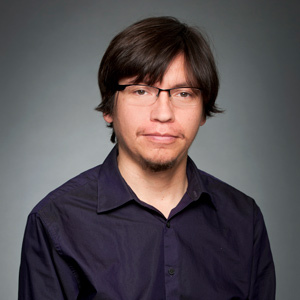OTTAWA, May 1, 2024 — Research conducted in the Bioengineering and Therapeutic Solutions (BEaTS) Laboratory at the University of Ottawa Heart Institute (UOHI) has resulted in the development of a library of bioinspired molecules that can be assembled to mimic tissue structures similar to those found in humans. Their research, which is published in the top-tier materials science journal Advanced Functional Materials, may speed up potential clinical translation for tissue and organ repair.

“Modern medicine has developed materials to help repair damaged tissues such as skin, cornea, and heart. However, most of these material technologies rely on the use of animal-derived products or toxic chemicals,” explains Dr. Emilio Alarcon, a UOHI scientist and a principal author of the paper published in Advanced Functional Materials. “Our bioinspired material is not only innovative but also remarkably versatile. From skin to heart, this bioinspired material could redefine how we tackle tissue repair in biomedical engineering.”
The UOHI scientists have identified three bioinspired material formulations that could be customized for stickiness and strength, resulting in a highly adaptable material for use in various tissues. They believe their research may one day lead to cost-effective solutions to treat skin wounds and cornea perforations and possibly to repair damaged human heart muscle.
Additional information
- Read Multipurpose On-the-Spot Peptide-Based Hydrogels for Skin, Cornea, and Heart Repair as published in Advanced Functional Materials.
- To learn more, please read this article by the Faculty of Medicine at the University of Ottawa.
Media contact
To schedule an interview with Dr. Emilio Alarcon or another author from the University of Ottawa Heart Institute, please contact the liaison below.
Leigh B. Morris
Communications Officer
University of Ottawa Heart Institute
613-316-6409 (cell)
lmorris@ottawaheart.ca

